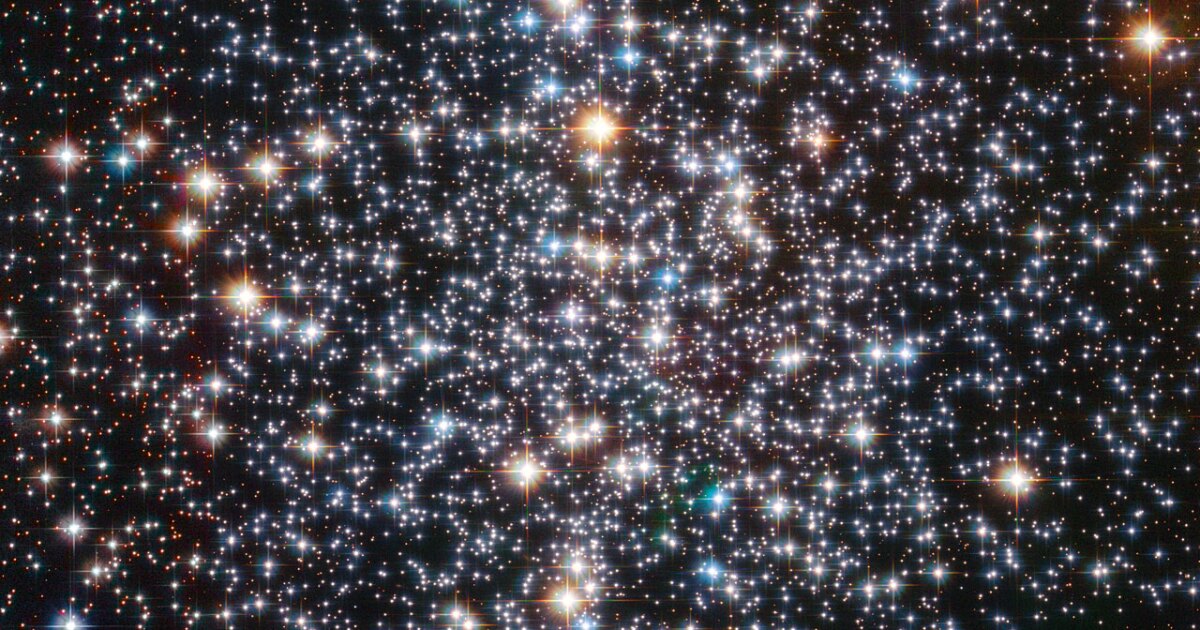Black holes are available two distinct varieties – small and supermassive. A bunch within the center has lengthy been hypothesized to exist, and now Hubble has discovered some robust proof for one among these intermediate-mass black holes in a close-by star cluster.
Stellar mass black holes are the commonest ones, with plenty from a number of to some dozen instances that of the Solar. Then there’s a big hole between them and the following kind of black gap – supermassive monsters with the mass of thousands and thousands or billions of Suns, which lurk on the heart of galaxies.
Astronomers have lengthy suspected that there needs to be medium-sized black holes in the course of that vary. However surprisingly, proof of them is missing. A number of candidates have been noticed right here and there, however arguably might nonetheless be attributed to different objects and phenomena.
In a brand new examine, scientists declare to have discovered the very best proof but for these mysterious missing-link black holes. The staff examined 12 years’ price of Hubble and Gaia information on a globular star cluster known as Messier 4, positioned about 6,000 light-years from Earth, making it the closest cluster to us.
The celebs within the cluster appear to be swarming round a big mass within the heart, and by watching their motions over that lengthy time frame, they’ll calculate the mass of that central object. This quantity got here to about 800 photo voltaic plenty, firmly within the vary of an intermediate black gap.
In fact, with out immediately detecting the item the scientists can’t totally verify that it’s an intermediate black gap. But when it isn’t, the astronomers calculated that it could take about 40 stellar-mass black holes, crammed into an area solely one-Tenth of a light-year vast, to create the identical impact. That will be an unstable association, inflicting them to merge or flick one another out of the cluster.
“Whereas we can’t fully affirm that it’s a central level of gravity, we will present that it is vitally small,” mentioned Eduardo Vitral, lead writer of the examine. “It’s too tiny for us to have the ability to clarify apart from it being a single black gap. Alternatively, there may be a stellar mechanism we merely don’t find out about, at the very least inside present physics.”
The analysis was printed within the journal Science.
Supply: ESA Hubble


